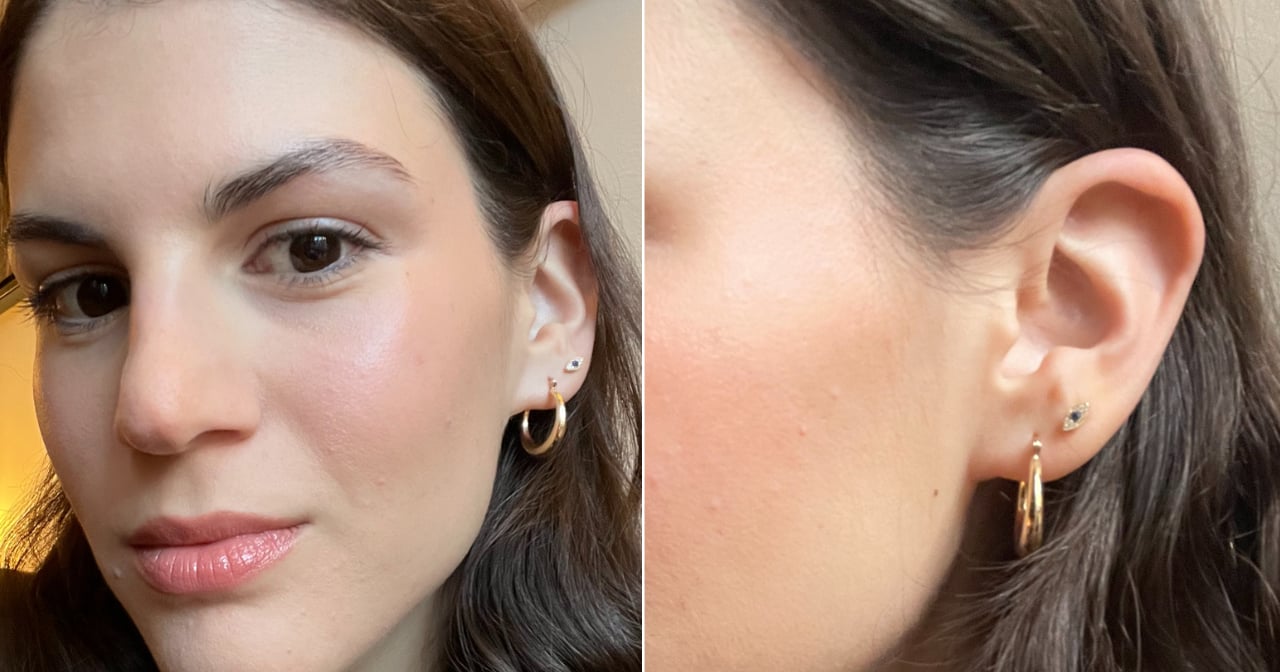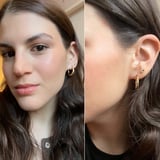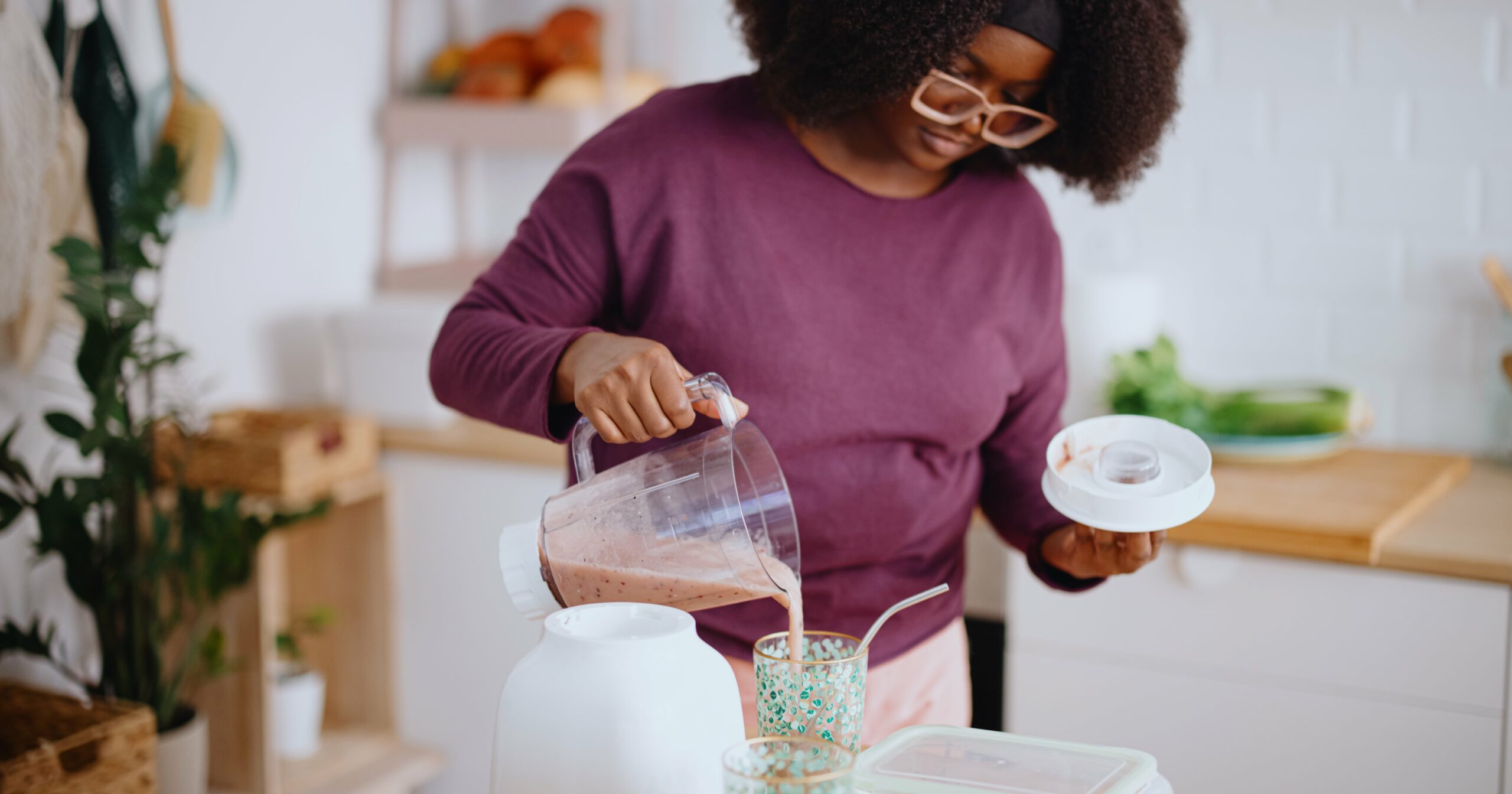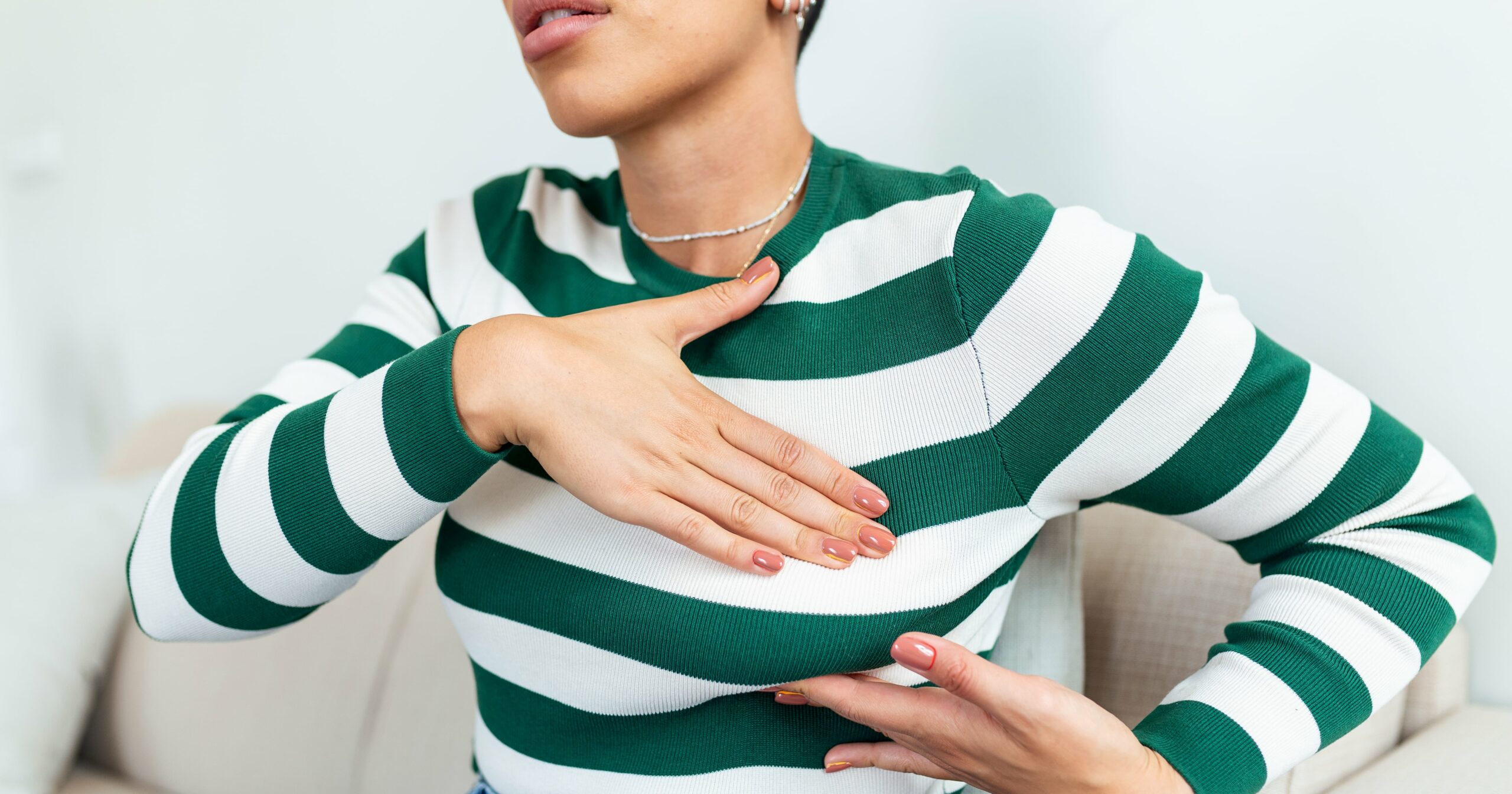If you were a kid in the ’90s or early aughts, chances are your first ear-piercing experience took place at Claire’s or a kiosk in the mall. It seemed totally normal at the time, but in hindsight, the ritual was questionable, to say the least. Aside from the fact that it’s unsettling to get a hole in your head 10 feet from Auntie Anne’s pretzels, a lot of the techniques used at these kind of establishments were actually wildly improper – which is probably why I’ve had several failed piercings.
I first got my ears pierced in sixth grade only to get a nasty infection and have my lobe swell up so much that it basically swallowed the earring. I tried again and got an infection again, but it eventually cleared up, and by some miracle, I still have the piercings. I later got my second holes pierced, but they got infected and closed up. In college, I got a cartilage piercing, and – you guessed it – it got infected, too.
All of these piercings were done at the mall, and all of them implemented outdated techniques. Considering this, and the fact that I have incredibly sensitive skin, it’s no wonder I struggled so much. However, I’m determined to turn around my track record with piercings, so I made an appointment with Studs, an ear-piercing studio in New York City that claims to be sensitivity friendly.
“We offer expert ear piercings with single-use piercing needles – never piercing guns – for better precision, safety, and healing, as well as a wide assortment of cute, high-quality earring options at a range of prices,” Jenn Lee, senior manager of content and community at Studs, told me via email. “All of our piercing jewelry is constructed of implant-grade metals with either titanium or solid 14K or 18K gold tops and titanium flatback posts. Our piercing jewelry is designed for needle piercings, healing, and is safe for sensitive ears.”
Before heading into my appointment, I wanted to investigate the possible reasoning behind my history of infections. According to Brian Keith Thompson, professional piercer and owner of Body Electric Tattoo in Los Angeles, there are many factors that can contribute to a failed piercing. While an adverse reaction could be due to an allergy to nickel or other metals, Thompson attributes most of them to underestimating the healing process, which can take eight to 12 weeks for a lobe piercing and up to a year for cartilage piercings.
“What I find is most people are putting so much time into working up the courage to get the piercing and not really focusing on how long it’s going to take [to heal],” Thompson says. “Even with all the information on the internet, people are still talking about twisting and turning.”
This method, which Thompson calls “bad information from the ’70s and ’80s,” was long thought to be the most effective way to clean your piercing, but he says it actually does a huge disservice. “It’s this old thought that the body is going to adhere to the jewelry and you need to break that up and twist it, and that’s just not the case,” he says. “The body’s going to create a fistula, which is basically like forming the Lincoln Tunnel through your ear. If you’re constantly twisting and turning, it would be like if you had people working on the exterior of your home and they put up scaffolding and every morning before they got there you kick the scaffolding down.”
This is also why you should try to avoid touching or hitting your piercing, though Thompson admits it’s sometimes inevitable.
While you should never twist your jewelry, cleaning your piercing is an important part of the healing process. Thompson says that in addition to saline, gentle, fragrance-free soap is hugely beneficial because it helps wash away the bacteria that saline or water alone cannot. He recommends gently washing the piercing with soap once a day to avoid drying out the skin.
Another important factor Thompson points to is lifestyle. “As long as you’re sleeping seven to eight hours, staying hydrated, and eating a balanced diet, your body’s going to do its job,” he says. “We have this notion nowadays that we need to help ourselves heal. The human body does not need our help. It just needs us to take care of ourselves, and it’s going to do it for you.”
With all this in mind, I headed to Studs on the Upper East Side to attempt to re-pierce the second holes on my earlobes. The studio was super clean and bright while still being welcoming. My piercer, Connie, as well as the rest of the staff, was very nice and made me feel at ease when I admitted I was a bit nervous. I talked them through my past issues with swelling, so Connie gave me a longer post to give my lobe plenty of space to swell up without engulfing the earring.
The piercing itself went smoothly without too much pain, and Connie talked me through the aftercare procedure, which was also included in a pamphlet for me to take home. I was also given a saline spray and told to clean the piercing twice a day – absolutely no twisting or turning allowed. If all went according to plan, I could return in two months to swap the longer post for a shorter one.
My ear was red and swollen for a couple of days after, but it quickly calmed down. At the time of writing this, it’s been three weeks and I’ve had no further redness, pain, swelling, or irritation.
Even if you don’t struggle with ear sensitivity, I’d highly recommend visiting Studs, or a similar studio that uses single-use needles rather than guns and offers attentive, personalized service. As Thompson points out, it’s also important to get pierced somewhere that you feel comfortable.
“It can be quite intimidating to go into a piercing studio,” he says. “If your piercer is giving off vibes that they’re too cool for you or they don’t answer your questions, I would turn around and walk the other way. You are trusting someone to surgically put something into your body. So definitely do your research and ask questions, and if you feel that weird gut feeling, leave. Listen to it.”
For now, at least, it seems like my ear-piercing curse has been broken, though I did leave the studio with a hankering for Auntie Anne’s.




